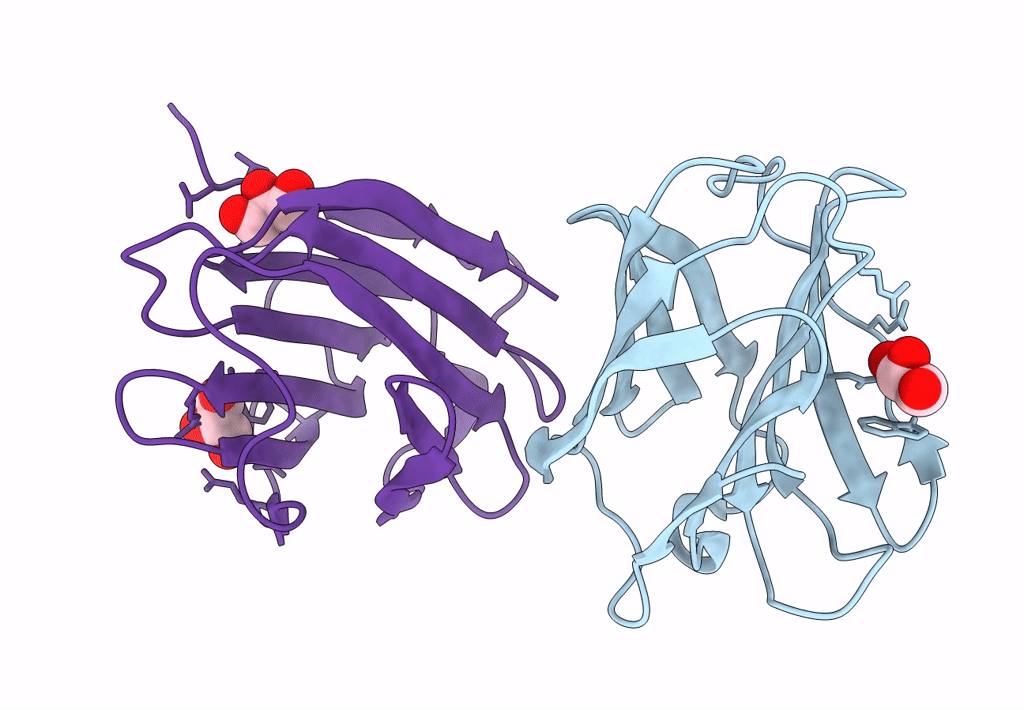
Deposition Date
2022-03-21
Release Date
2023-01-11
Last Version Date
2023-11-29
Entry Detail
PDB ID:
7XBL
Keywords:
Title:
Dimeric structure of human galectin-7 in complex with three glycerol
Biological Source:
Source Organism:
Homo sapiens (Taxon ID: 9606)
Host Organism:
Method Details:
Experimental Method:
Resolution:
2.00 Å
R-Value Free:
0.22
R-Value Work:
0.16
R-Value Observed:
0.17
Space Group:
P 21 21 21


